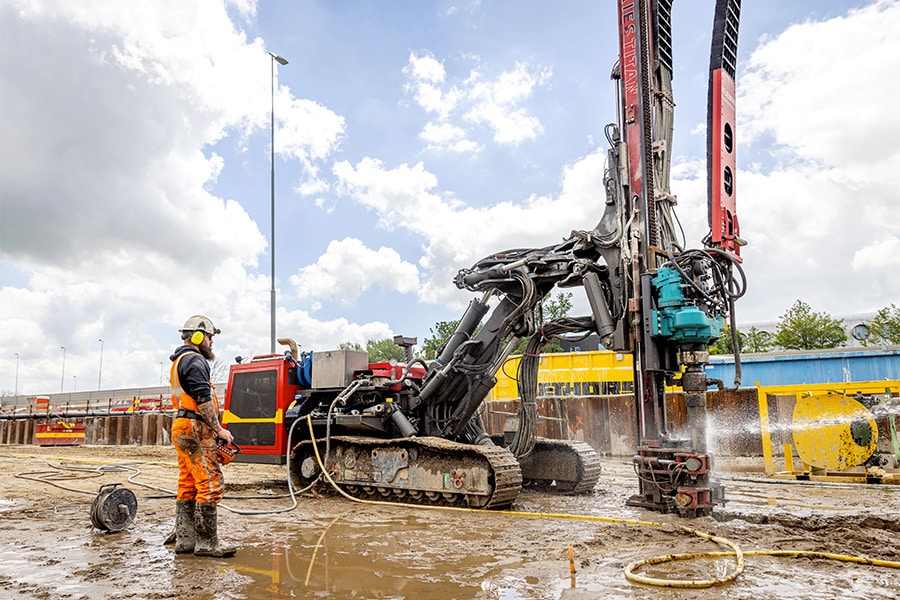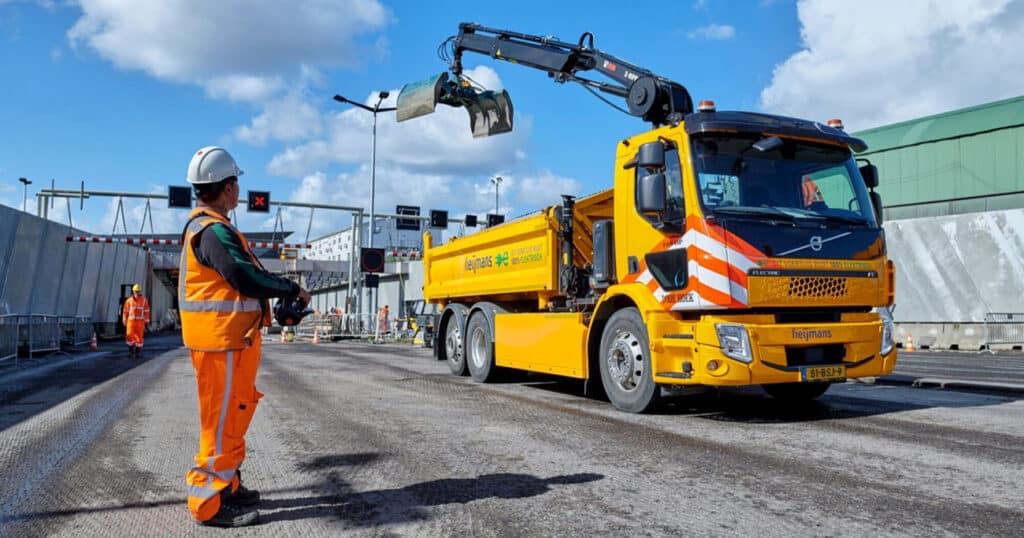
State Council ruling puts bomb under construction industry
Construction exemption nitrogen is off the table, but no blanket construction freeze
The construction exemption, which since July 2021 regulates that no permit is needed for temporary NOx emissions during construction, does not comply with European nature protection law. The Council of State put a line through this "goat's path" of the government in early November. Although the administrative judge emphasized that there is no question of a total construction halt, the ruling does put a bomb under the ambitious plans of the Dutch construction industry. What's next?
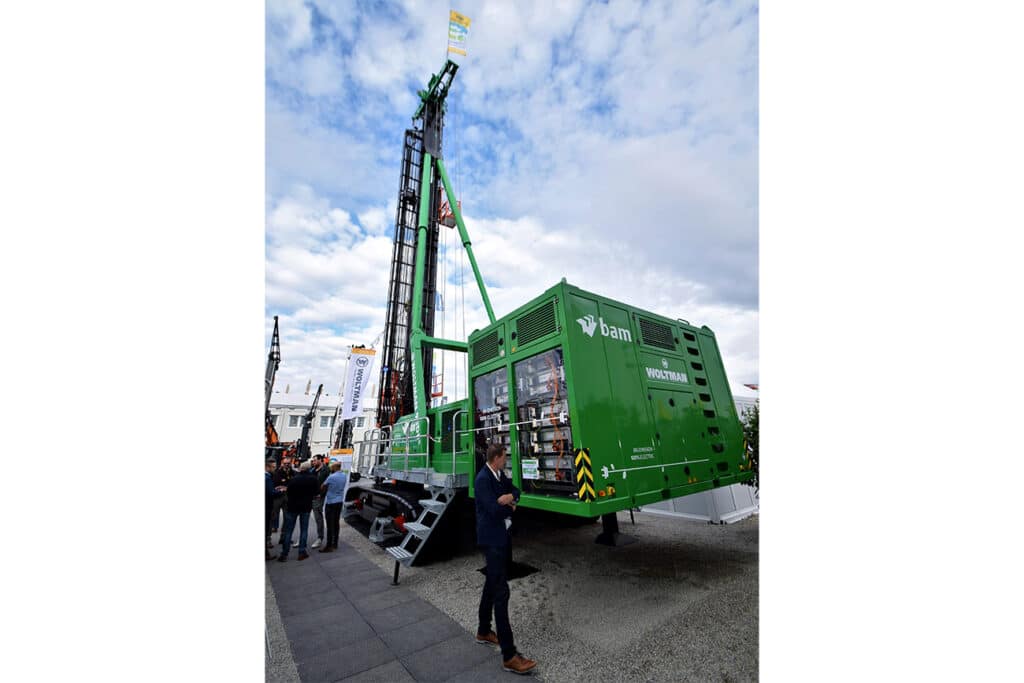
The goat trail of yesteryear is no more. The construction exemption, which stipulated that nitrogen emissions from construction work could be ignored in permit applications, is more like a dead-end street almost one and a half years after it came into force. If a construction project requires a prior calculation of the expected emissions during the works, many works will be delayed or - if located near Natura 2000 areas - will not get off the ground at all. Incidentally, the ruling that the exemption can no longer be used for construction or infrastructure projects does not apply to works that are already underway or for which a permit has already been issued.
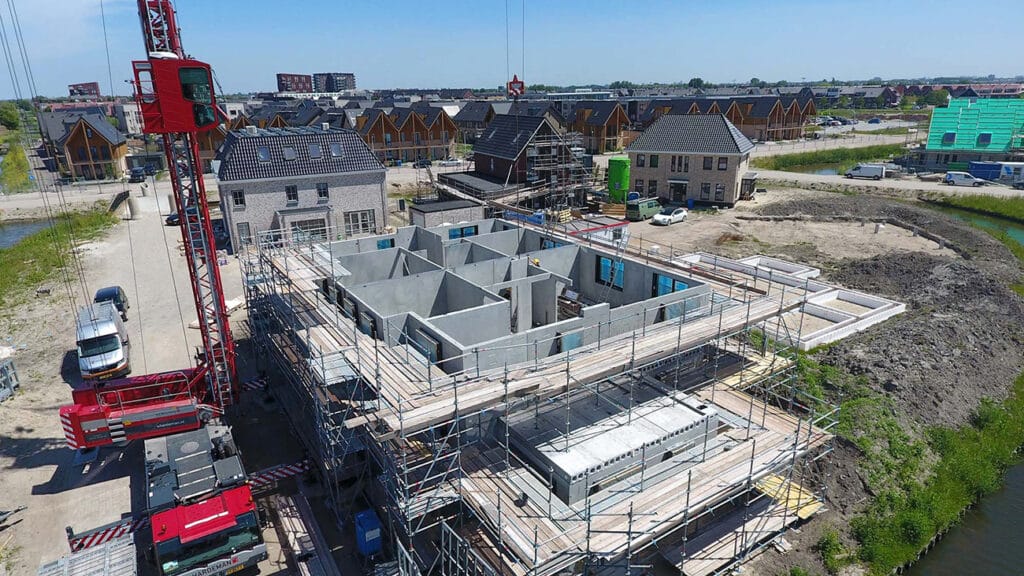
Action is needed now
The fact that the Council of State issued only an interlocutory ruling and is still considering a final judgment in the Orthos case to remove CO2 of port area Rotterdam to be stored in empty gas fields under the North Sea, raises little hope within the industry for the time being. In an initial reaction, chairman Maxime Verhagen of Bouwend Nederland expressed shock: "This is a tragedy for the construction industry. The Netherlands has to buy out peak-loaders like lightning in order to free up nitrogen space for nature, construction and new economic developments. Action is needed now. This cabinet cannot sit on its hands." To prevent the country from locking up again, the industry association expects extra money from the state for emission-free construction.
Several institutions fear that the ruling will cause enormous delays in the chain, with all the consequences for the housing market and the energy transition, where the Netherlands already faces enormous challenges. According to the Association of Netherlands Municipalities (VNG), it is not the case that nothing more can be done in terms of licensing, but the ruling will "undoubtedly have a delaying effect when it comes to fulfilling the major tasks we face." For that reason, WoningBouwersNL director Coen van Rooyen emphasizes that it is imperative to prevent the official mills from grinding to a halt out of shock or in anticipation of new policy. "Quick clarity is needed to avoid confusion over permits," he said.
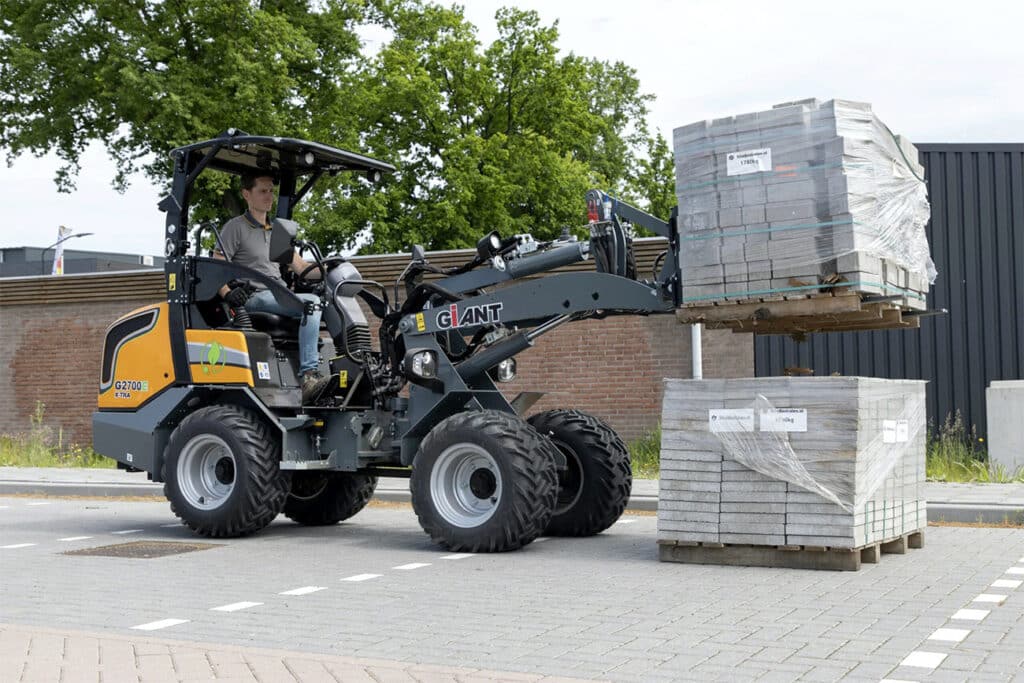
Superplus scheme
For politicians in The Hague, it is also a major setback that the administrative court ruled that the building exemption no longer holds. "Once again it is clear that it is urgent that nitrogen emissions are reduced and nature is strengthened," reports the Cabinet in a press release. It is therefore important to make haste with the recommendation made by Johan Remkes in October in the report "What can be done - out of the impasse and a start for perspective," to buy out 500 to 600 peak loaders in the short term. The cabinet wants to make some 3,000 (farming) companies that emit too much nitrogen a unique offer to quit. The superplus scheme is a one-time offer they can't refuse; up to 120% of the market value of these companies.
Until then, the report of Adviescollege Meten en Bereken Stikstof ('Hordijk Committee') from 2020 on the measurement and calculation system for nitrogen emissions must be consulted. For all new and not yet irrevocable initiatives, from now on the effects of NOx-emissions during the construction, demolition or construction phase. This means a lot of calculations, which can easily delay such a project by several months. Moreover, there is a great shortage of experts who can draw up such reports. If the preliminary assessment shows that adverse effects on nature cannot be ruled out, an appropriate assessment follows and a nature permit is required.
External netting
Now that the sector is actually back in the uncertain period after the PAS ruling (May 2019) and before the construction exemption, the government must look for ways to still allow construction activities to go ahead while protecting vulnerable nature. This can be done by using external balancing or the so-called ADC test. This involves demonstrating that there is no alternative (A), compelling (D) reasons for the project, and compensation (C) is provided. Builders themselves must also try to avoid emissions. Not only by investing in emission-free equipment, but also by using machines that meet the most stringent emission requirements. Preferably in combination with HVO100 biodiesel, because then even less needs to be offset.



